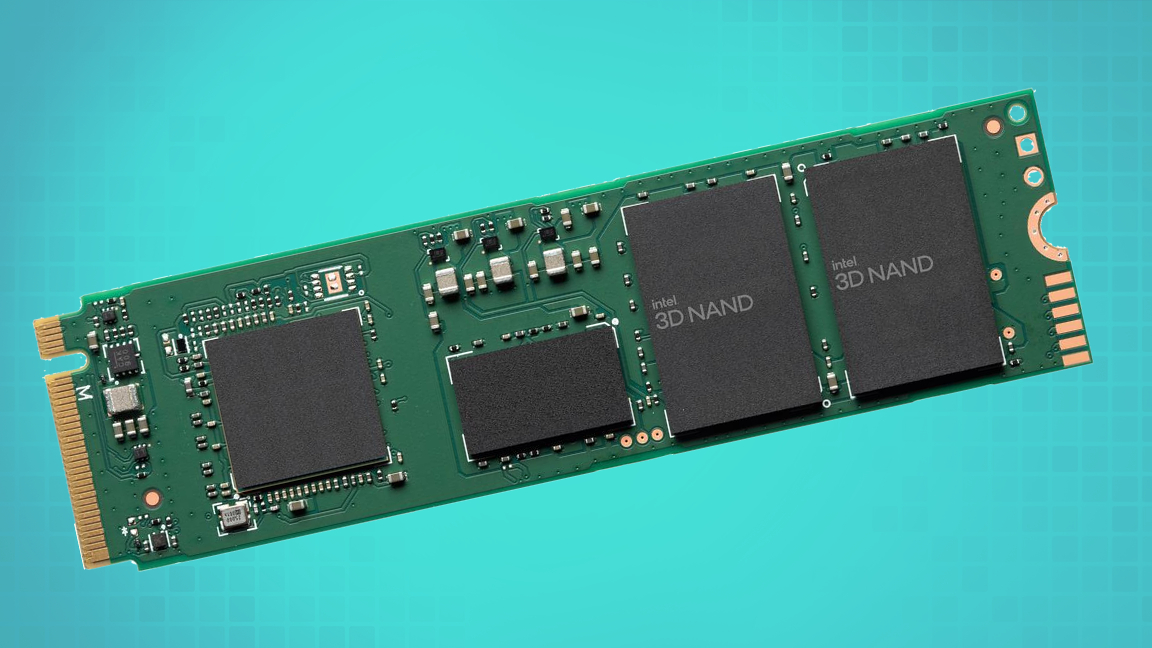
Although NAND manufacturers have recently been enjoying high revenues thanks to higher prices, Phison CEO K. S. Pua says further price hikes could seriously reduce demand (via Digitimes). Instead of allowing demand to outstrip supply, Pua says manufacturers should try and meet demand with increased production.
The recent price increases for NAND flash, and by extension SSDs, is a reaction to the experience NAND manufacturers had in 2022 and 2023. While the COVID-19 pandemic fueled strong demand for computer components, this demand significantly fell once things (mostly) got back to normal. But NAND companies like Samsung and Micron didn't anticipate such a sharp decline in demand, and so had way more supply than they actually needed. Consequently, prices had to come down in order to boost demand and offload all the excess NAND.
The industry saw big losses because of this, prompting Pua to say that if prices needed to go down further, then it would risk industry-wide bankruptcies. However, that didn't happen as excess supply was successfully cleared out, production was cut, and demand began to rise once more. Q4 of last year saw substantial recovery for the NAND market, and 2024 is expected to be even better thanks to steady price increases on SSDs.
However, it seems that Phison's CEO is concerned that if prices go too high, that demand will begin to falter once more. There is some logic behind this line of thought; all computing devices need a storage medium and solid-state storage is the most popular option now. So even if prices go up, people still need to buy them. But, there's undoubtedly a price where consumers would rather get less storage in order to save money, and perhaps not buy any secondary storage at all.
Pua suggests that NAND manufacturers should end the production cuts and start meeting demand, instead of permitting low supply and high demand to boost prices. Of course, since flash memory makers just got out of a downturn caused by oversupply, they're probably wary of the same thing happening again. After all, the global economy isn't in great shape, and if things take a turn for the worse, demand for computer parts (including SSDs) would probably go down just as NAND supply goes up.
Industry analysts predict 2024 will be a year of substantially higher SSD prices, and that's on top of price increases that have been happening since late 2023. Should this trend continue, we may very well see if Pua's prediction comes true and whether SSDs hit a price that consumers agree is too high.







